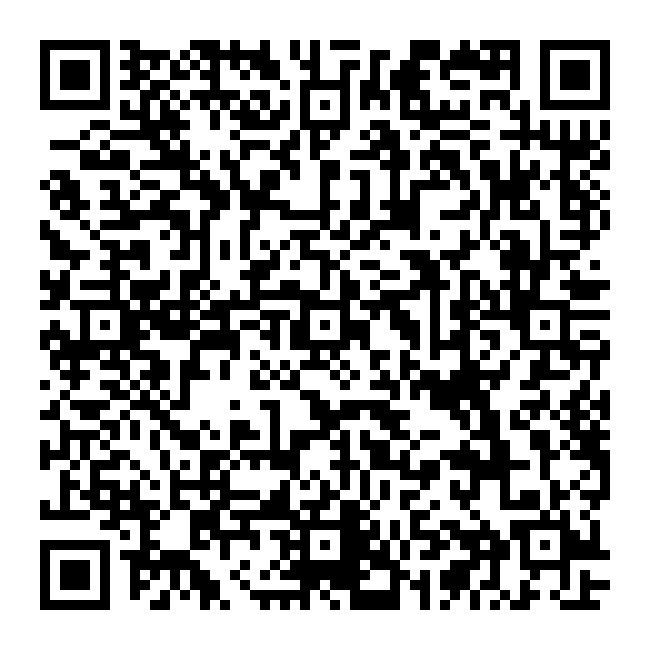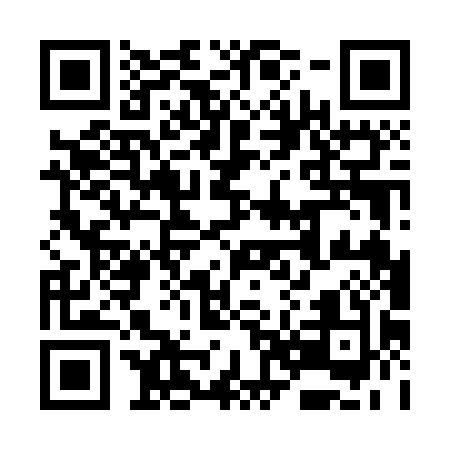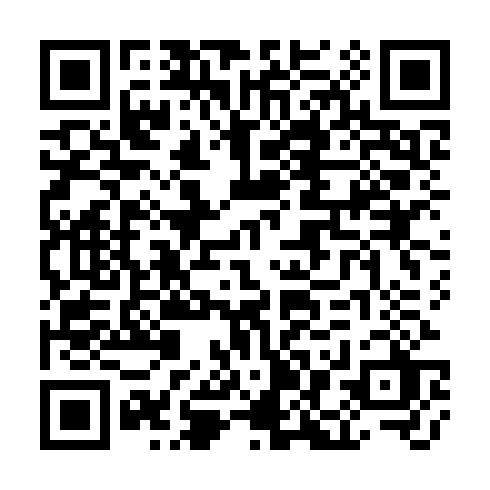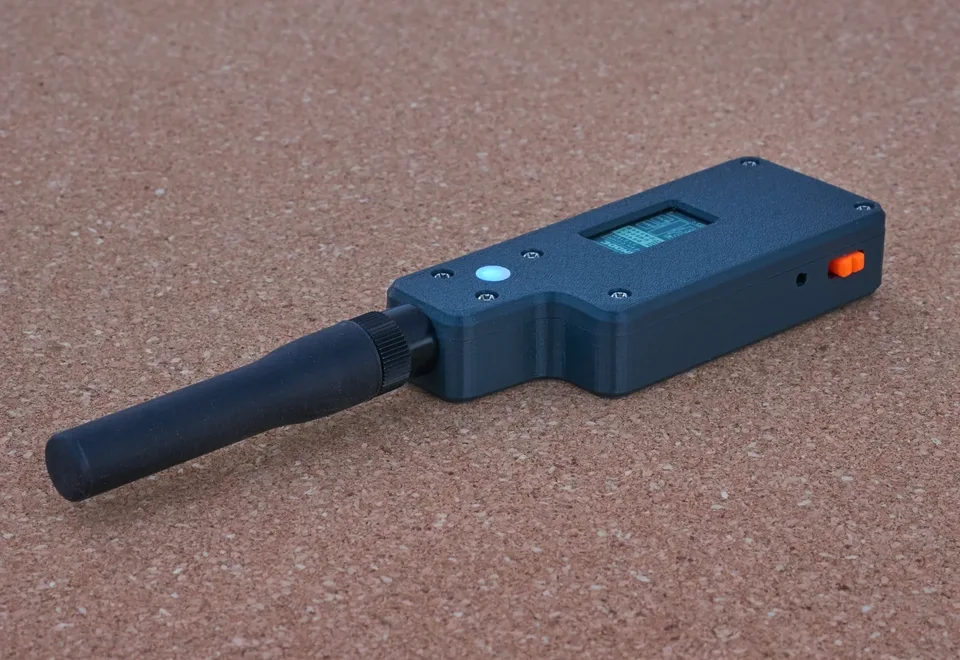
See this page for a more in-depth overview of what an RNode is, and what you can do with it
For the last couple of weeks, I've been on the finishing sprint of the new RNode releases. Getting all the last puzzle pieces into place has been quite a ride, and it's such a relief to finally have it all reach this point. Finally, everyone can - both literally and metaphorically - get their hands on all the new stuff.

There's a lot to unwrap here, so this will not be a particularly short post. I'll do my best to be concise, though, which also means that I won't delve into all the details here. Instead, I've sprinkled links to dig deeper in all the relevant places. Ready? Let's go!
This release marks quite a milestone in the continued development of the RNode concept. What started, almost five years ago, as a single open source communications hardware device, with an open source and hackable firmware, has now developed into a multiplatform ecosystem for creating all kinds of communications devices.
Back at the beginning, anyone could, in theory, build their own RNodes by following my first design, but it was pretty involved, unless you were used to making firmware modifications, PCB routing and assembling boards with lots of SMD components.
How things have changed for the better! Making your own RNode in its simplest form (basic, but fully functional), is now a simple matter of getting one of the many supported boards and running the rnodeconf autoinstaller.
At this point, the RNode system is primarily software, which transforms different kinds of available hardware devices into functional, physical RNodes, which can then be used to solve a wide range of communications tasks. Such RNodes can be modified and built to suit the specific time, locale and environment they need to exist in. I really hope to see a variety of different RNode designs from the community in the time to come.
Over the last couple of months, the RNode Firmware has seen some important improvements to general usability and user-friendliness:
The first design for a complete RNode, that I have released based on this new system, is the Handheld RNode model (it's the one pictured above). It's really practical, incredibly flexible and useful, and it even looks great too. You can build it yourself or buy a finished unit from my shop.
A really neat part of the new concept is, that you can even build and sell this design yourself if you want to. If there's interest I could also offer kits with the necessary parts for self-assembly. Let me know if that is something you'd like to see!
The new modular and flexible approach to making RNodes, makes it very easy to design different kinds of units for different purposes. Over the next months, I will be releasing several additional RNode designs for the community to use and build upon. The first of these will be:
If you have your own ideas of what a useful RNode model would be, I hope that you will make your design a reality and share it with the community!
Every time a new RNode is created, the installation tools also download a special repository onto it. This repository is the RNode Bootstrap Console, which contains a copy of all the tools, information and software necessary to make more RNodes. It is stored right inside that RNode, accessible at any time.
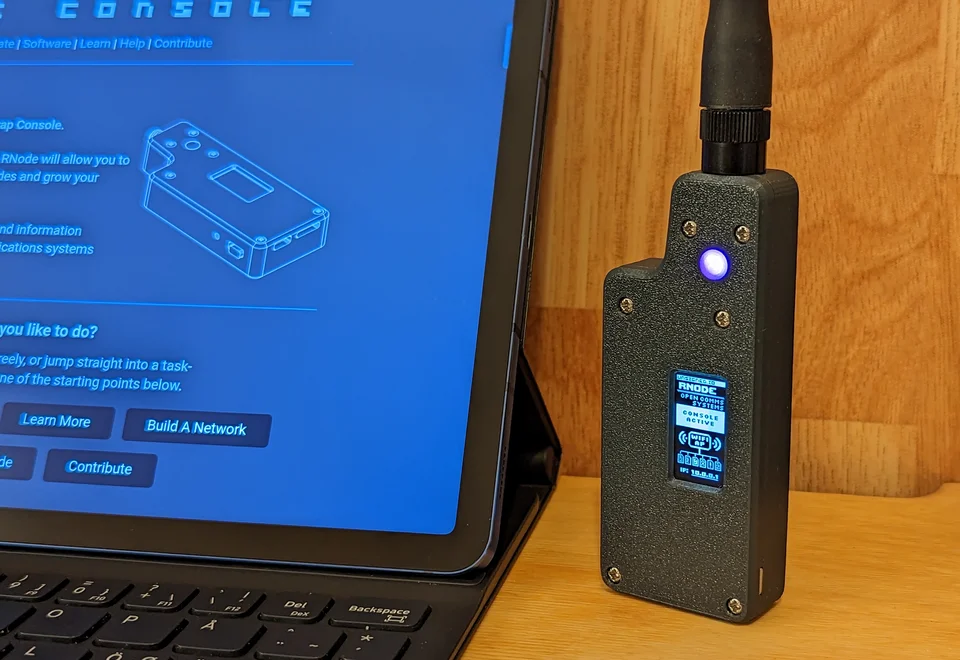
You can try browsing a demo of the RNode Bootstrap Console online, but for a quick overview, here is a list of things currently included in the repository:
Fitting all of this information in the tiny flash-memory of a small, low-power embedded device was an interesting challenge. It's basically an entire system for bootstrapping encrypted, self-configuring and authority-less communications networks, squeezed into the memory space of a floppy disk.
Since version 1.55 of the RNode Firmware was released, the rnodeconf autoinstaller and firmware updater has been automatically adding the bootstrap console to every RNode on autoinstall or firmware update. This means there's already a lot of RNodes out there with the bootstrap console available, and you might already have it.
If you don't already have the bootstrap console on your RNode, you will get it automatically as soon as you update the firmware to at least version 1.55.
To everyone who have contributed to the project, both in terms of donations, writing code, testing everything, sharing ideas and feedback, and not least believing in the project and offering encouragement, thank you so very much. I am truly grateful that I have been able to guide this project to the point we're at now.
Let's make this the beginning of an even more interesting chapter, than what has already been.
